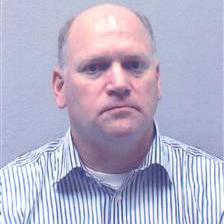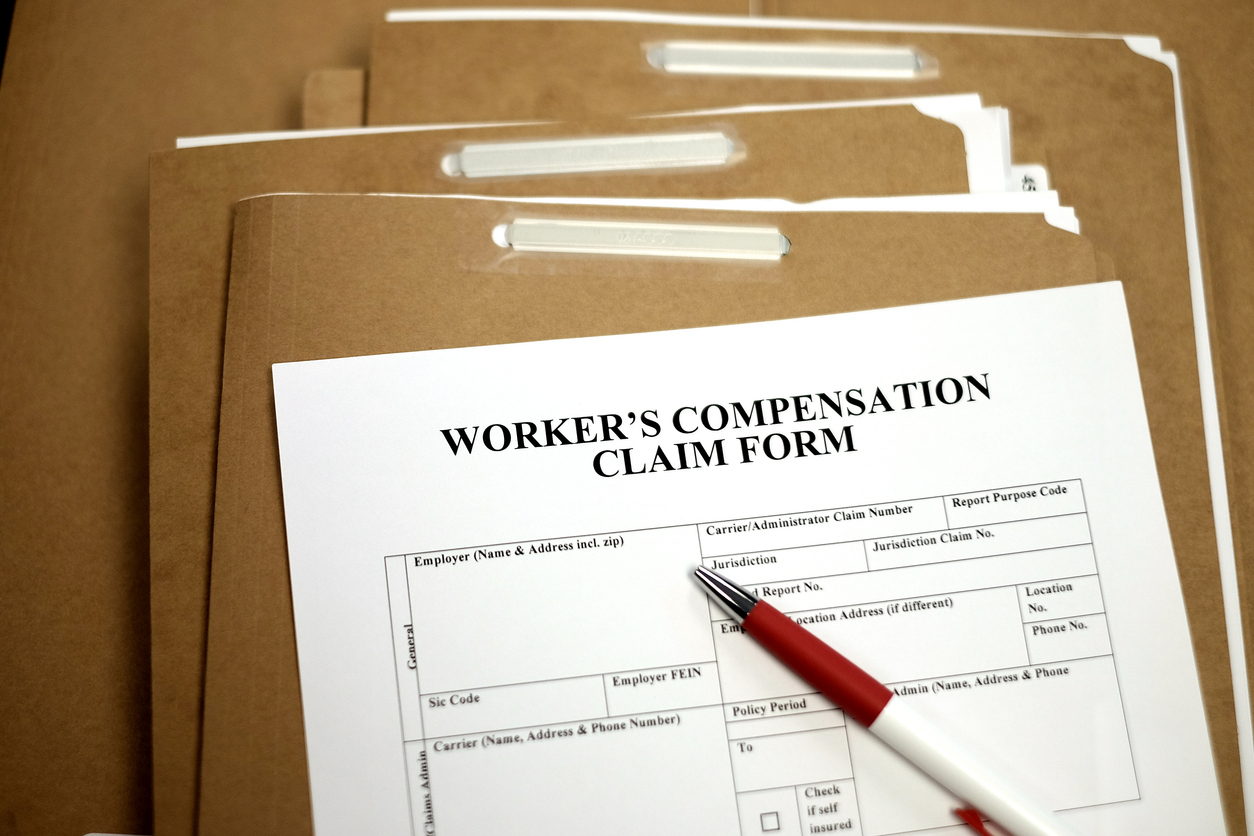Click HERE to read Part 2
Fleet safety begins with establishing a fleet safety management program that has clear and concise policies and procedures, communicated to all employees, with employees clear understanding of consequences of not meeting the organization’s standards for safe driving. Also, the importance of management consistently modeling expected behaviors cannot be over emphasized.
To change behaviors, supervisors need to define clear and concise expectations, model expected behaviors, hold drivers accountable, engage by seeking coaching opportunities that being reinforcing and redirecting behaviors, conduct accident analysis to identify when distracted driving is a causal factor in the accident.
The concept of accountability is quite simply a measure of what gets done. The question is this…..what does management pay attention to, measure and control and how does that affect employee behavior? If one of your officers followed you around for the day what message would he or she get? That safety is clearly important to you and distracted driving prevention is a primary focus of yours? That safety is sometimes important and officers should be careful when driving? Or, you’re only talking safety because you have to and distracted driving is “part of the job”? Each driver's, supervisor's and manager's performance of fleet safety responsibilities should be included in formal and informal performance appraisals. In essence defining clear and concise expectations and holding people accountable for their responsibilities. Remember, one of safety’s greatest failings is giving responsibilities without also assigning accountability.
Supervisors may be the only managerial staff that have accessibility to front line officers on a continuous basis. The supervisor is in the best position to identify and address hazards, faulty equipment, at-risk behaviors, poor driving habits or methods and other causes of vehicular incidents before they occur. Therefore he or she is in the best position to influence driving behaviors. Supervisors should take an active role in changing behaviors by modeling safe behaviors and continually observing and giving feedback (coaching) to officers by reinforcing safe behaviors and constructively redirecting at risk behaviors.
Do they review accidents where the direct result is of distracted or inattentive driving? Have they looked for root causes and whether officer distraction was a causation? All accident and near miss analysis should investigate driver distraction as a possible causation and when identified, appropriate action taken to prevent repeat occurrences.
Management and leadership need to set the example by preparing a fleet safety management program with clear and concise policies and procedures that are communicated to all employees to include consistently enforced standard of safety for prevention of distracted driving incidents and management consistently models expected behaviors. As for fleet safety programs, corrective action policies and procedures are communicated to all employees who drive so they clearly understand the consequences of not meeting the organization’s standards for safe driving. Each driver’s, supervisor’s and manager’s performance of fleet safety responsibilities should be included in performance appraisals.
Bottom line is distraction-affected crashes are preventable. Distracted driving does not just happen it is a choice. Working together, you can all help reduce driver distraction, save lives, and prevent injuries.
*The views and opinions expressed in the Public Risk Management Association (PRIMA) blogs are those of each respective author. The views and opinions do not necessarily reflect the official policy or position of PRIMA.*

By: Scott Durbin
Transportaion Specialist, Travelers/Northland Insurance
Scott has been head of fleet risk control for Travelers/Northland Insurance since 2015. Prior to that, he was an Indiana State Trooper for 30 years. Scott also spent 15 years in the Commercial Motor Vehicle Division. In his current role, Scott assists customers with fleet risk control to mitigate their risk.



